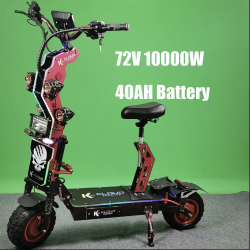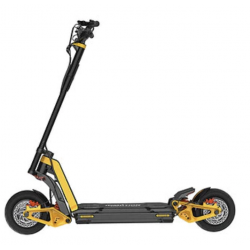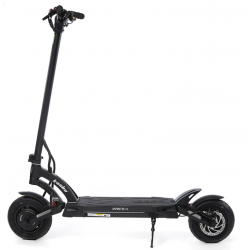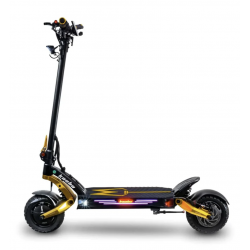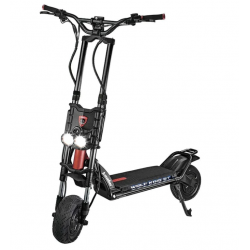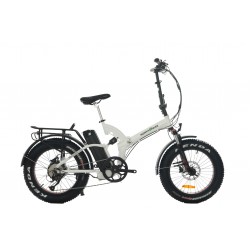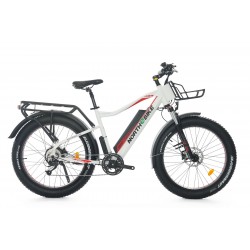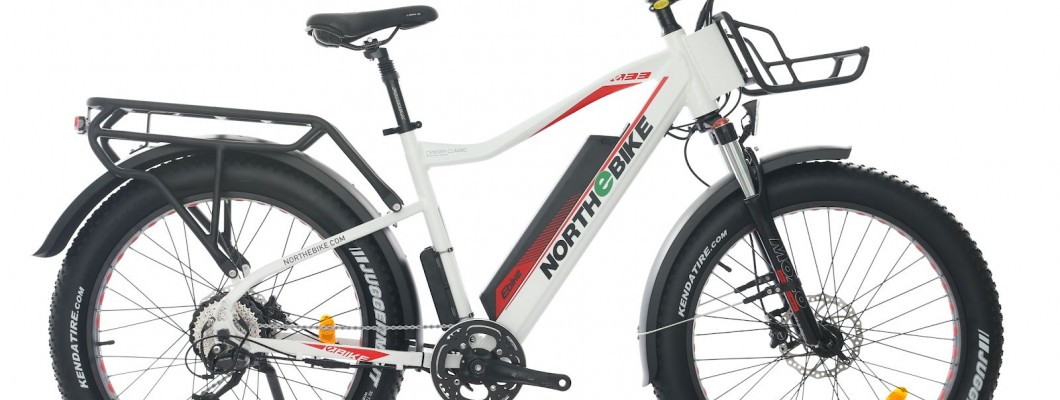
With the rising awareness of certain ecological issues, more and more people nowadays are looking for a fast, easy and convenient way to drive around town in a modern and eco-friendly manner. E-bikes are becoming an increasingly popular solution for both urban and mountain cyclers who are aiming for the perfect balance between speed, functionality and responsibility towards nature.
After we answered some absolutely basic questions about e-bikes in general, now we’re going to explain a bit more about their structure and functionalities.
What are the basic parts of an electric bike?
The most important parts of your e-bike, which a regular bicycle doesn’t have are:
The batteries, which provide the power to drive you along. The most common types of batteries for e-bikes are the nickel-cadmium and the lithium-ion batteries, which generate power between 350W and 500W. The charge of the battery lasts for a 10 to 40-mile ride, which is between 15 and 65 kilometers.
The electric motor could be implemented in the e-bike by using three different methods. It could directly power the back wheel, it could be built into the hub of any of the two wheels, or it could be mounted in the center of the e-bike and connected to its pedal sprocket. E-bikes come with either with a full-power motor which allows less pedaling, or with a power-assist motor, which simply bursts your pedaling.
The controller is the part which receives signals from the brakes, the switch and the power sensor. It shows the speed, the condition of the power system, and other important details. They are visible on the LCD display together with the options available for the cycler.
The frame of the e-bike is especially designed to be as lightweight as possible, basically for speed and battery-life purposes. It’s usually made of aluminum alloy, which is light in weight, yet durable and reliable enough.
What are the additional parts of an electric bike?
Except for the basics, every decent e-bike is properly equipped with a few additional components, such as front and rear lights, a rear rack, mud guards, and fenders. There are also a few extra accessories which you should consider buying - they include bottle holders, cycling gloves and glasses, e-bike locks, and of course, a reliable helmet.


